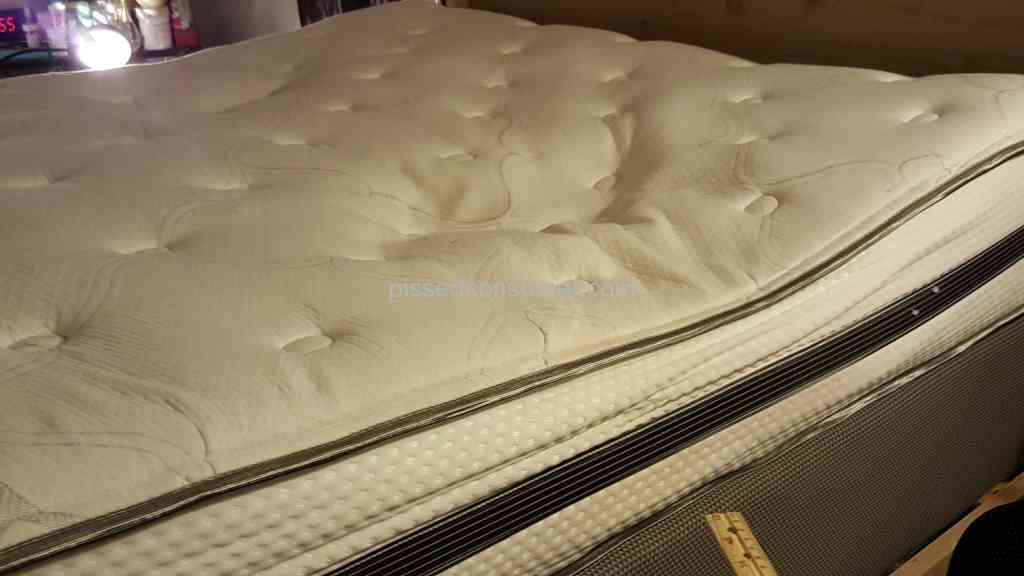
It is unfortunate that most people cannot answer the above question precisely. Some believe that their best foam mattresses should be replaced once they get saggy or lumpy. Others are of the opinion that they should be changed when too dirty to be cleaned, and so forth. Either way, the truth of the matter is that there is no specific timetable to change your beddings. But, wait a moment…there is this magic number, eight!
It seems eight is a magic number when it comes to matters related to mattresses and sleeping. First, there is the optimal and medically recommended eight hours of eye-shut when sleeping. Secondly, you have probably heard of the general rule that you need to replace your mattress after every eight years. Of course, this may be true especially if you are using one of the best rated memory foam mattresses. However, it is not always a good guide to know how often you should replace your mattress. It, therefore, implies that there are other factors and signs that accurately tell you the right time to replace your best memory foam mattress, and it includes the following:
• The mattress is uncomfortable
Some of the best mattresses have comfort layers in their upper parts, designed to support the body of the user. Also, they can provide pressure relief. However, over time, these comfort layers break down, even before the eight years elapses, resulting in body aches, back problems, poor sleep, and pains in the upper cervical area of the neck. It implies that your mattress is no longer comfortable and you need to replace it immediately.
• The mattress is saggy
If your once best rated memory foam mattress shows some dents, then it is a clear indicator that is overly worn. Sagging signs are noticeable at the edge of the mattress, under the sleeping area, or both. Rubbing sounds, sudden groan, or squeak could be an indicator of bad springs and sagging behavior. All these signs imply that it is time for mattress replacement.
• Allergies and hygiene-related conditions worsen
You may suffer from hygiene and allergies related conditions. However, it is not allergy season and filters are performing optimally well. Perhaps you are coughing and wheezing at night instead of sleeping! There is no other explanation than to narrow down the source of your problems to your mattress! While sheets and other beddings may be clean, your mattress has an imaginable buildup of dust mites, colonies of bacteria, molds, and yeasts. Over time, which may less than eight years, these allergies buildup to uncontrollable levels, posing a great risk to people with breathing problems, allergies, and skin conditions. If this is the case, then you have no other option but to replace your mattress.
You may want to know how to clean your mattress to prolong its lifespan.
• Your mattress is at least eight years old
If you take good care of your mattress, a quality one can last for many years. However, since nothing lasts forever, there is a recommended time that you should replace it. According to scientific research, the average lifespan of a quality mattress range between seven and ten years, depending on a number of factors like the weight of the users, number of sleepers, and so on. It, therefore, means that, if all conditions are kept constant, you should change your mattress after eight years!
If you are keen on watching out for those explained signs, then there is no doubt that you will know when to replace your mattress.
Nonetheless, you should also be in a position to know when to change a mattress once it has served its role and finished its useful life. That notwithstanding, always ensure to maintain high levels of hygiene and mattress care principles to get the best out of your mattress.